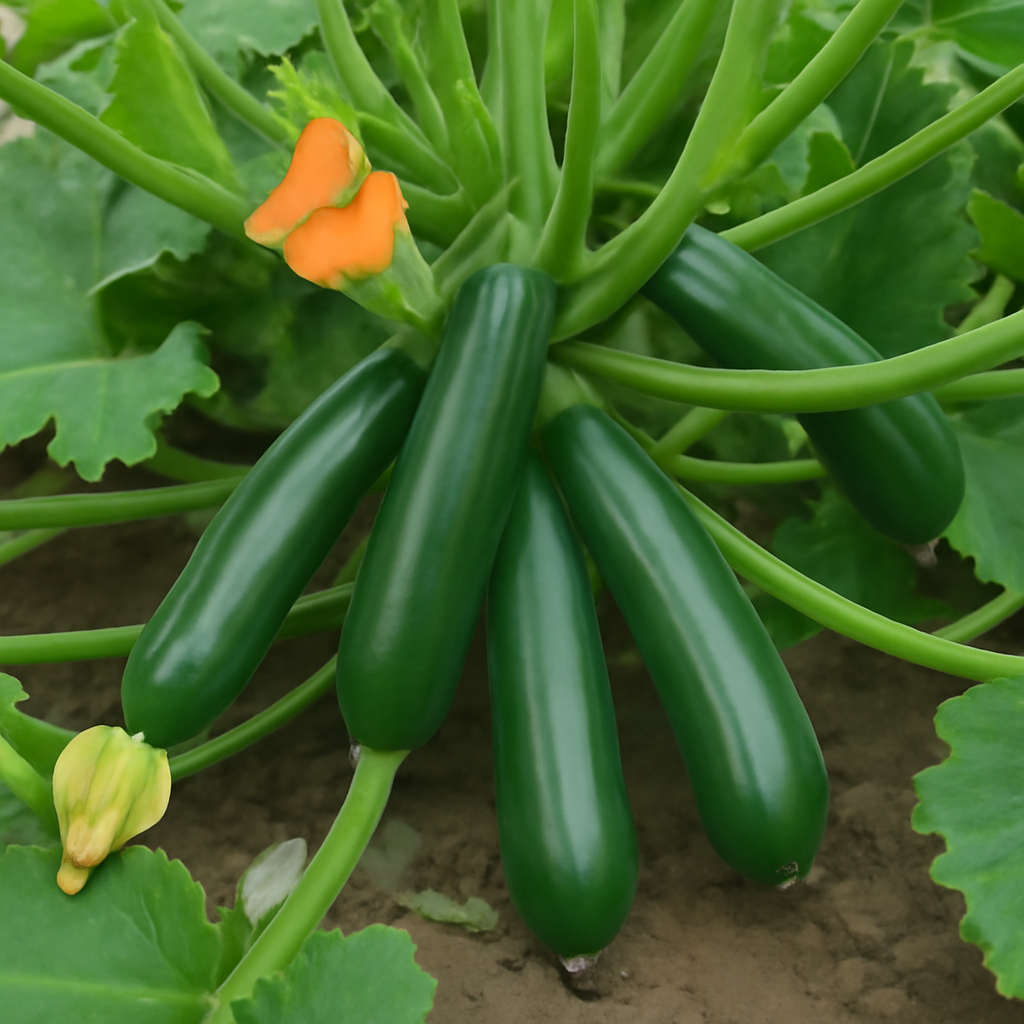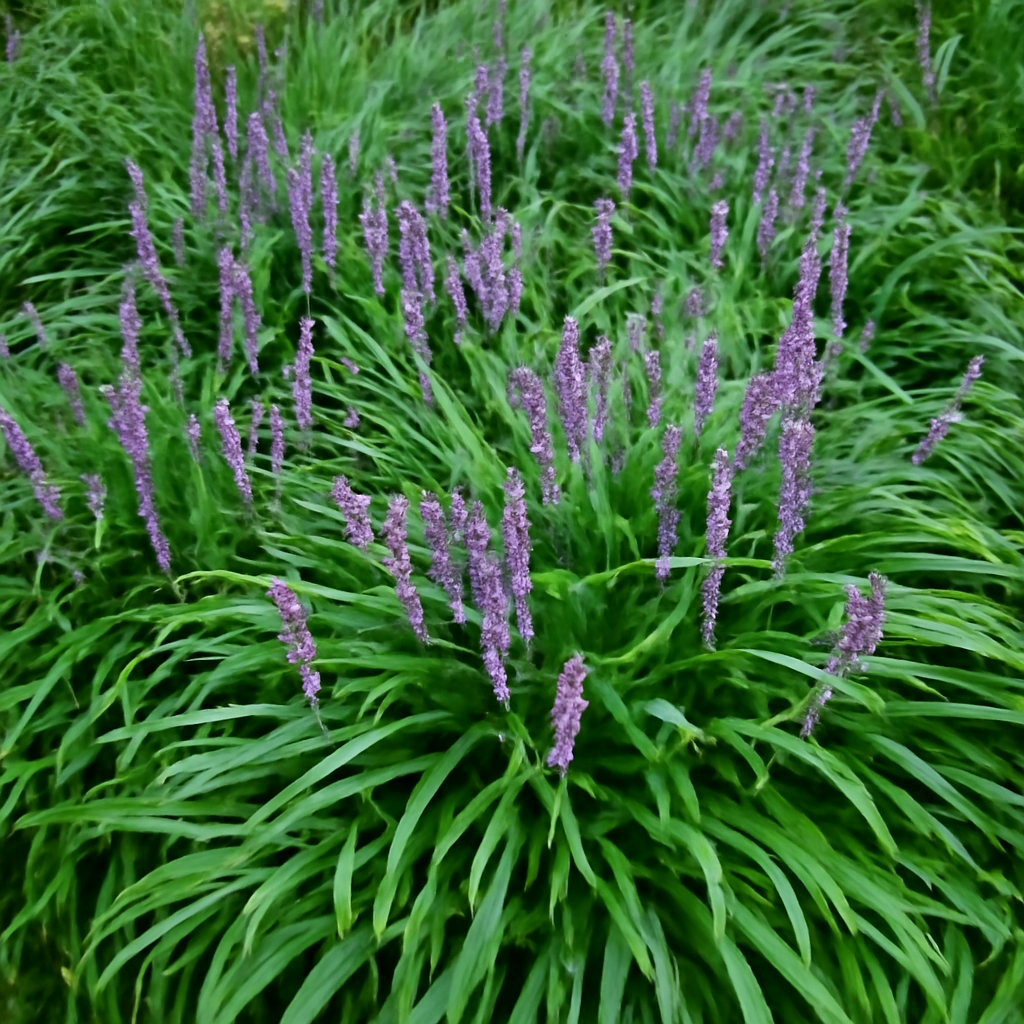Tuberosa Rosa: un Fiore Profumato ed Elegante per il Tuo Giardino
Informazioni su Pink Tuberose
Pink Tuberose (Polianthes tuberosa) è una pianta fiorita altamente profumata nota per le sue spighe alte ed eleganti di fiori rosa delicati. Originaria del Messico, la Pink Tuberose è ammirata per il suo dolce e inebriante profumo, rendendola una scelta popolare per fiori recisi, profumi e aiuole. Con i suoi fiori delicati e il profumo a lunga durata, è un'aggiunta perfetta a qualsiasi giardino o composizione floreale.
Su Organicindiaseeds.com offriamo bulbi premium di Pink Tuberose, permettendoti di coltivare questo bellissimo fiore aromatico in modo biologico nel tuo giardino o in casa.

Perché coltivare Pink Tuberose?
-
Fiori profumati: Pink Tuberose è noto per il suo forte e dolce profumo che riempie il tuo giardino e la tua casa.
-
Aspetto elegante: produce spighe alte di fiori rosa che aggiungono altezza ed eleganza a qualsiasi progetto di giardino.
-
A lunga durata: i fiori sbocciano per diverse settimane, offrendo una bellezza continua.
-
Amichevole per i pollinatori: Attira api e farfalle nel tuo giardino.
-
Usi versatili: Ideale per fiori recisi, composizioni floreali e produzione di profumi.
Quando piantare la tuberosa rosa
-
Periodo migliore per la piantagione: Primavera, dopo il rischio di gelate, o inizio estate in climi più caldi.
-
Piantare i bulbi: Piantare i bulbi a 2–3 pollici di profondità in terreno ben drenato.
-
Temperatura ottimale: La tuberosa prospera in climi caldi con temperature tra 70°F–90°F (21°C–32°C).
Dove coltivare la tuberosa rosa
-
Luce solare: Preferisce il pieno sole per almeno 6 ore al giorno per una crescita e fioritura ottimali.
-
Terreno: Terreno ben drenato, leggermente acido o neutro (pH 6.0–7.0) ricco di sostanza organica.
-
Spazio: Distanza tra i bulbi di 4–6 pollici per permettere uno sviluppo sano delle radici.
-
Clima: Ideale per climi tropicali e subtropicali. Nelle regioni più fredde, coltivare in contenitori e spostare all'interno durante l'inverno.
Come coltivare la tuberosa rosa

-
Prepara il terreno: Scegli un posto soleggiato con terreno ben drenato, limoso o sabbioso.
-
Piantagione: Scava buche profondità di 2–3 pollici, posiziona i bulbi con la punta rivolta verso l'alto e copri con il terreno.
-
Irrigazione: Annaffia delicatamente dopo la piantagione per assestare il terreno, poi mantieni il terreno umido ma non inzuppato durante la stagione di crescita.
-
Concimazione: Applica un concime bilanciato ogni 4–6 settimane per favorire una crescita forte e la fioritura.
-
Pacciamatura: Aggiungi uno strato di pacciame per aiutare a trattenere l'umidità e tenere sotto controllo le erbacce.
Come prendersi cura di Pink Tuberose
-
Potatura: Rimuovi i fiori appassiti per favorire una fioritura continua.
-
Irrigazione: Assicura una irrigazione costante, specialmente durante i periodi di siccità, ma evita l'eccesso d'acqua.
-
Controllo dei parassiti: Controlla la presenza di afidi, acari o mosche bianche; tratta organicamente se necessario.
-
Cura invernale: Nei climi più freddi, scava i bulbi e conservali in un luogo fresco e asciutto durante l'inverno.
Piante compagne per Pink Tuberose

-
Lavanda: Un compagno profumato che migliora il profumo complessivo del giardino.
-
Rose: I loro eleganti fiori completano l'aspetto grazioso della Tuberose.
-
Bocche di leone: Aggiungi colore e altezza al tuo aiuola, abbinandoli bene con la Tuberose.
Suggerimento per il posizionamento dell'immagine: Includi una foto di Pink Tuberose piantata con lavanda e rose, evidenziando un allestimento di giardino profumato.
Raccolta della Tuberosa Rosa
-
Tempo di fioritura: La tuberosa fiorisce tipicamente dalla fine estate all'inizio dell'autunno.
-
Metodo di raccolta: Taglia le spighe fiorite presto al mattino quando i fiori stanno appena iniziando ad aprirsi per una durata più lunga in vaso.
-
Usi: Fiori freschi recisi, creazione di profumi o utilizzati in composizioni floreali per una dolce fragranza.
-
Conservazione: Conserva i fiori recisi in vasi pieni d'acqua o fiori secchi per un uso futuro.
Considerazioni finali sulla Tuberosa Rosa
Tuberosa Rosa è una pianta profumata, elegante e versatile che porta bellezza, fragranza e attività di impollinazione in ogni giardino. Il suo dolce aroma, fioriture sorprendenti e la crescita a bassa manutenzione la rendono un'ottima scelta sia per giardinieri principianti che esperti. Inizia a coltivare bulbi di Tuberosa Rosa da semi di alta qualità
su Organicindiaseeds.com e goditi la bellezza e il profumo di questa pianta da fiore senza tempo nel tuo giardino e in casa.



Commenta
Questo sito è protetto da hCaptcha e applica le Norme sulla privacy e i Termini di servizio di hCaptcha.